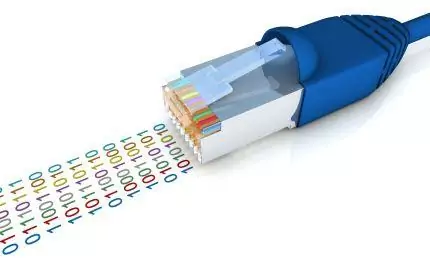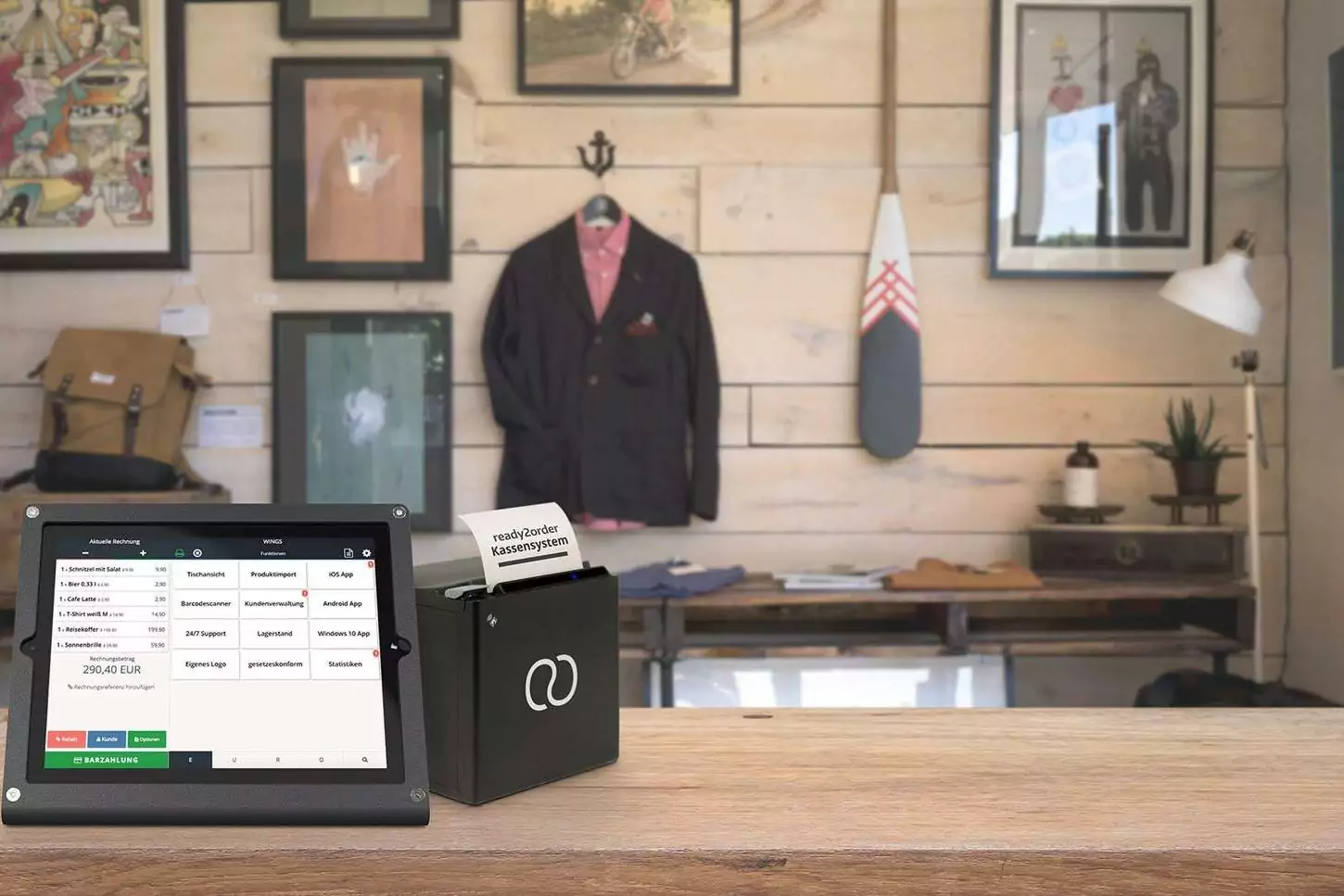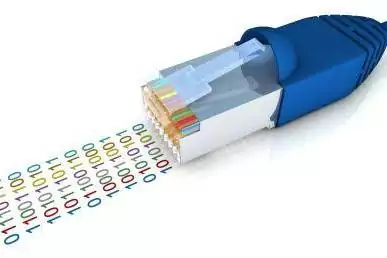IT and software
8. September 2023
Advance Shipping Notice
An Advance Shipping Notice (ASN), also advice note or avis, is a piece of preliminary information…
14. May 2021
Overview and definition of the identification technology barcode
Coded information can be stored in many different ways. In addition to mechanical, magnetic and…
9. February 2021
Definition of the software principle ‘clean architecture’
Clean architecture' is an IT application implementation style. At the heart of clean architecture…
1. February 2021
Definition and advantages of context-aware frontend architecture
Reasons for context-aware frontend architecture User interfaces must meet more and more diverse…
12. October 2020
What is Business Intelligence – structure, requirements, advantages and disadvantages
Business Intelligence - Definition Traditionally, Business Intelligence (BI) is a collective term…
27. July 2020
Definition of business rules and fields of application of BRMS solutions
Business rules describe rules that are defined for automated processes or for processes whose…
13. November 2019
Adaptive IT in intralogistics as a tool for digital transformation
Adaptive IT describes a modular system for modelling software. Individual software components can…
1. August 2019
Cloud computing: IT infrastructures and logistics
Cloud computing describes the provision of IT infrastructure. These can consist of servers,…
13. June 2019
The Internet of Things (IoT) and intralogistics
The Internet of Things (IoT) describes the networking of physical objects (fitness bracelets, smart…
28. September 2018
Uses of Blockchain technology in logistics / intralogistics
Blockchain is an enabling technology. Just like the Internet, it harbors technological properties…
20. June 2018
Cyber-physical systems and logistics
Cyber-physical systems, or CPS for short, are system units or components that are linked together…
8. January 2018
CPFR – Collaborative Planning, Forecasting and Replenishment
CPFR stands for Collaborative Planning, Forecasting and Replenishment and is a further development…
28. November 2017
At a glance: the enterprise resource planning system
An enterprise resource planning system is a software that ensures a smooth flow of commercial…
25. September 2017
Human-machine interfaces in the industry
The human-machine interface represents the analog or digital interaction interface between a…
12. September 2017
The picking method Pick-by-Vision
Pick-by-Vision is a picking process in which a picker uses data glasses and context-related…
19. July 2016
Inventory management in intralogistics, incl. stock and stock reconciliation
Inventory management stands for the complete digital recording of all stock movements in…
12. May 2016
Specifications and requirement documents in intralogistics
The specification sheet generally contains the project requirements predefined and described in…
25. April 2016
Definition – WMS – The Warehouse Management System
The Warehouse Management System (WMS) is an indispensable software for the control and…
10. February 2016
Material flow control as a service for a distribution center
Material flow control, also known as material flow computer or material flow control system (MFCS),…
18. January 2016
Function and advantages of the ant algorithm
The Ant Algorithm, also often called Ant Colony Optimization (ACO) in the literature, is an…
21. September 2015
Information in intralogistics
Information describes the meaningful content of a message, which is of value for the recipient. The…
26. August 2015
Host system (ERP system)
The host system (usually an ERP system) is a central data processing system that can be accessed…
6. July 2015
Modularization of materials handling equipment – approach to a standardized system architecture
The current market development shows the following challenges: New component technologies require…
17. April 2015
Lean Production
Lean Production describes a method with the goal to react quickly to outside influences on…
16. September 2014
Data Mart: the local warehouse database analysis
Data mart describes the use of a database that is only a department-specific part of the overall…
9. September 2013
Transport strategies: Overview
Transport strategies are used to execute existing transport orders. Transportation strategies can…
17. July 2013
Decision making for discontinuous conveyors
In a transport system that does not convey continuously, the decision as to whether a transport…
15. July 2013
Overview of “Last-in-First-out” and “First-in-First-out” storage strategies
LIFO (last-in-first-out) and FIFO (first-in-first-out) are two different strategies for storing and…
12. July 2013
Enterprise Resource Planning System (ERP System)
As an application program, an enterprise resource planning system (ERP system) supports all task…
12. July 2013
Overview of application interfaces (APIs)
Interfaces have the task of connecting IT systems with the environment, i.e. other facilities,…
10. July 2013
Inventory management
Inventory management refers to the administration, planning and control of material flows within a…
9. July 2013
Transport management – The material flow computer
The material flow computer calculates the fastest route through the materials handling equipment…
24. June 2013
Storage location management – The importance of EDP in warehouse organization
In modern warehouses with a certain amount of goods, the warehouse processes are usually…
8. September 2023
Advance Shipping Notice
An Advance Shipping Notice (ASN), also advice note or avis, is a piece of preliminary information…
14. May 2021
Overview and definition of the identification technology barcode
Coded information can be stored in many different ways. In addition to mechanical, magnetic and…
9. February 2021
Definition of the software principle ‘clean architecture’
Clean architecture' is an IT application implementation style. At the heart of clean architecture…
1. February 2021
Definition and advantages of context-aware frontend architecture
Reasons for context-aware frontend architecture User interfaces must meet more and more diverse…
12. October 2020
What is Business Intelligence – structure, requirements, advantages and disadvantages
Business Intelligence - Definition Traditionally, Business Intelligence (BI) is a collective term…
27. July 2020
Definition of business rules and fields of application of BRMS solutions
Business rules describe rules that are defined for automated processes or for processes whose…
13. November 2019
Adaptive IT in intralogistics as a tool for digital transformation
Adaptive IT describes a modular system for modelling software. Individual software components can…
1. August 2019
Cloud computing: IT infrastructures and logistics
Cloud computing describes the provision of IT infrastructure. These can consist of servers,…
13. June 2019
The Internet of Things (IoT) and intralogistics
The Internet of Things (IoT) describes the networking of physical objects (fitness bracelets, smart…
28. September 2018
Uses of Blockchain technology in logistics / intralogistics
Blockchain is an enabling technology. Just like the Internet, it harbors technological properties…
20. June 2018
Cyber-physical systems and logistics
Cyber-physical systems, or CPS for short, are system units or components that are linked together…
8. January 2018
CPFR – Collaborative Planning, Forecasting and Replenishment
CPFR stands for Collaborative Planning, Forecasting and Replenishment and is a further development…
28. November 2017
At a glance: the enterprise resource planning system
An enterprise resource planning system is a software that ensures a smooth flow of commercial…
25. September 2017
Human-machine interfaces in the industry
The human-machine interface represents the analog or digital interaction interface between a…
12. September 2017
The picking method Pick-by-Vision
Pick-by-Vision is a picking process in which a picker uses data glasses and context-related…
19. July 2016
Inventory management in intralogistics, incl. stock and stock reconciliation
Inventory management stands for the complete digital recording of all stock movements in…
12. May 2016
Specifications and requirement documents in intralogistics
The specification sheet generally contains the project requirements predefined and described in…
25. April 2016
Definition – WMS – The Warehouse Management System
The Warehouse Management System (WMS) is an indispensable software for the control and…
10. February 2016
Material flow control as a service for a distribution center
Material flow control, also known as material flow computer or material flow control system (MFCS),…
18. January 2016
Function and advantages of the ant algorithm
The Ant Algorithm, also often called Ant Colony Optimization (ACO) in the literature, is an…
21. September 2015
Information in intralogistics
Information describes the meaningful content of a message, which is of value for the recipient. The…
26. August 2015
Host system (ERP system)
The host system (usually an ERP system) is a central data processing system that can be accessed…
6. July 2015
Modularization of materials handling equipment – approach to a standardized system architecture
The current market development shows the following challenges: New component technologies require…
17. April 2015
Lean Production
Lean Production describes a method with the goal to react quickly to outside influences on…
16. September 2014
Data Mart: the local warehouse database analysis
Data mart describes the use of a database that is only a department-specific part of the overall…
9. September 2013
Transport strategies: Overview
Transport strategies are used to execute existing transport orders. Transportation strategies can…
17. July 2013
Decision making for discontinuous conveyors
In a transport system that does not convey continuously, the decision as to whether a transport…
15. July 2013
Overview of “Last-in-First-out” and “First-in-First-out” storage strategies
LIFO (last-in-first-out) and FIFO (first-in-first-out) are two different strategies for storing and…
12. July 2013
Enterprise Resource Planning System (ERP System)
As an application program, an enterprise resource planning system (ERP system) supports all task…
12. July 2013
Overview of application interfaces (APIs)
Interfaces have the task of connecting IT systems with the environment, i.e. other facilities,…
10. July 2013
Inventory management
Inventory management refers to the administration, planning and control of material flows within a…
9. July 2013
Transport management – The material flow computer
The material flow computer calculates the fastest route through the materials handling equipment…
24. June 2013
Storage location management – The importance of EDP in warehouse organization
In modern warehouses with a certain amount of goods, the warehouse processes are usually…
























































